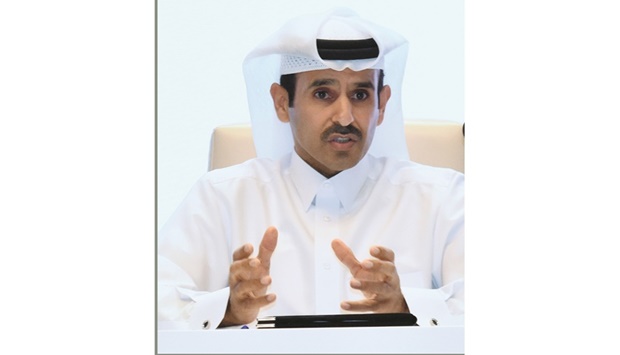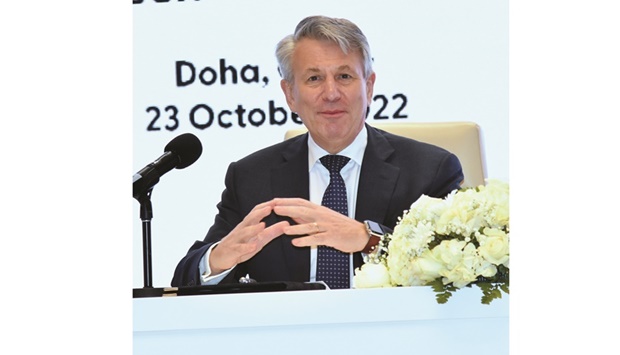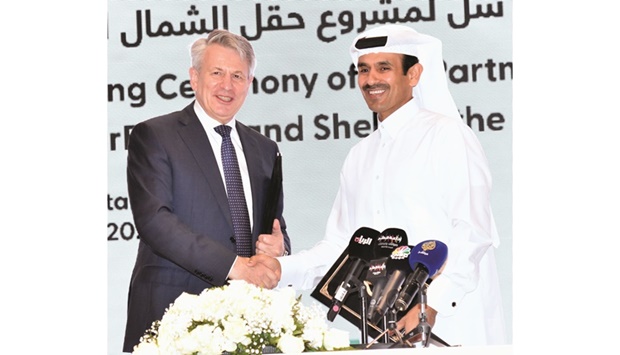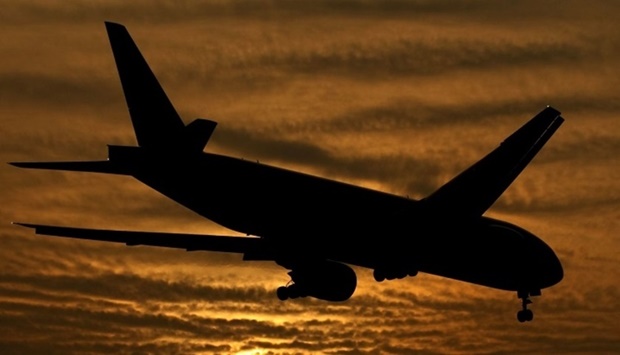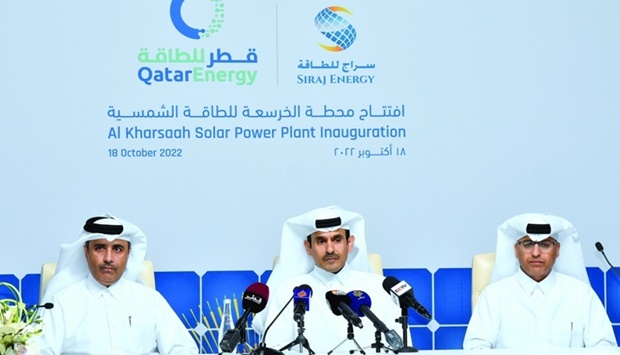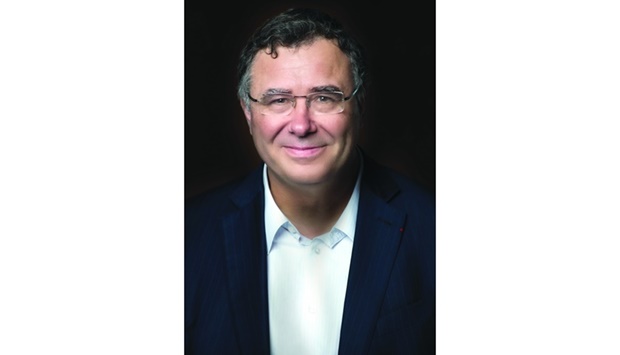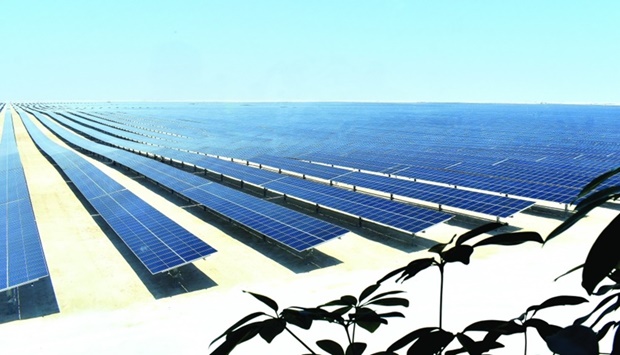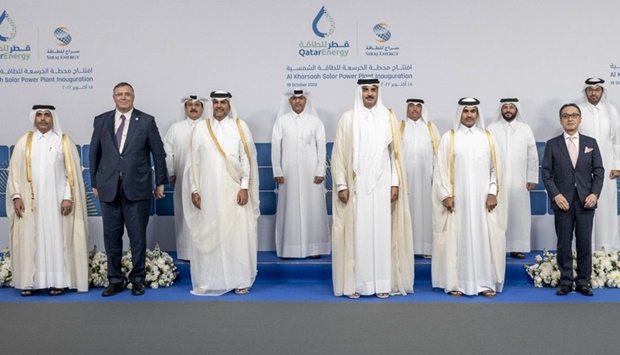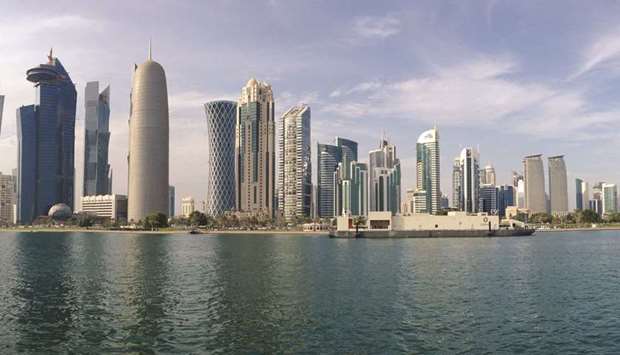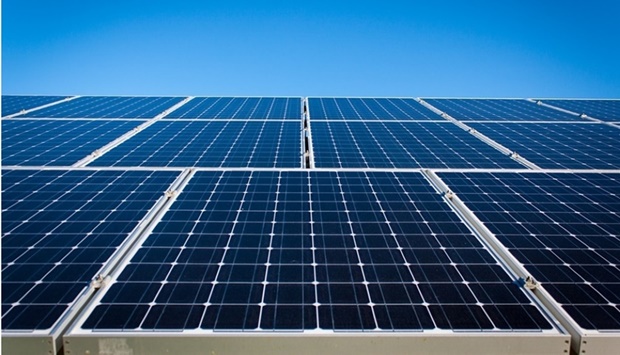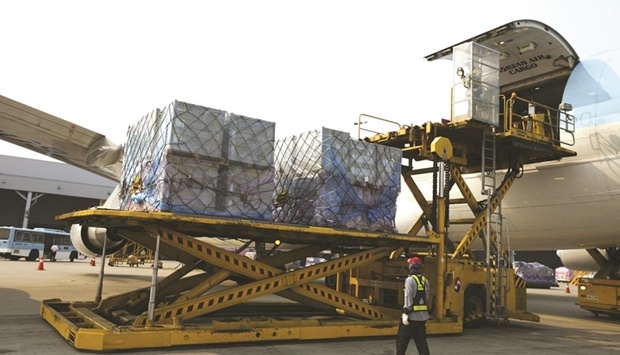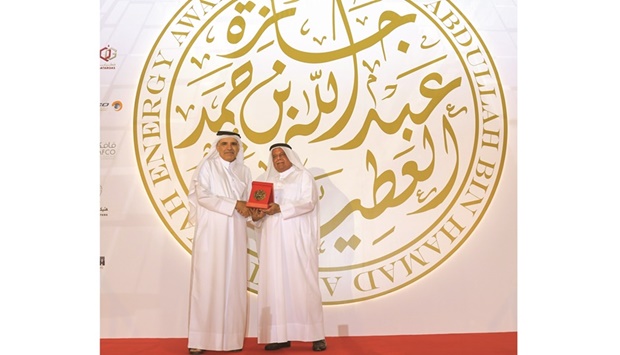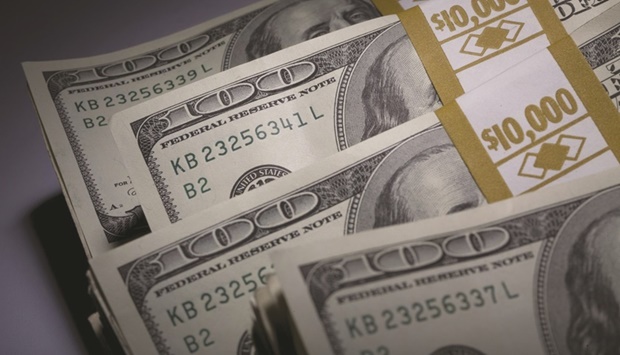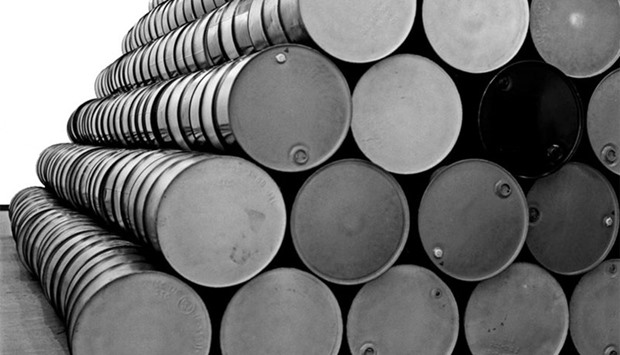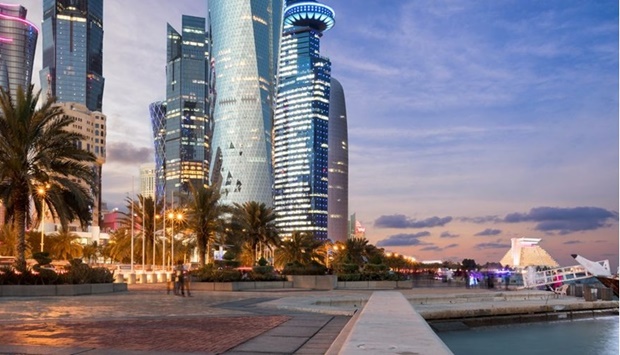There is a “big competition” between European and Asian markets for liquefied natural gas, HE the Minister of State for Energy Affairs, Saad bin Sherida al-Kaabi, said and noted: “Qatar is in discussions with Asian and European markets for LNG supply.” Replying to a question by Gulf Times at a press conference at the QatarEnergy yesterday, al-Kaabi said: “Qatar is not worried about LNG markets. We are in discussions with Asian and European markets for LNG supply… very soon we will announce big contracts, whether it is Asia or Europe”. On “higher LNG prices” prompting major economies like China and India to tap cheaper forms of energy such as coal, al-Kaabi told Gulf Times. “Higher gas prices are caused by many factors. One of these is the Ukraine issue, which has made it a much bigger problem. “If you go back a little bit, it was due to everybody pushing for green and demonising oil and gas companies and there were not enough investments (in the sector). And that caused higher price, which started before the Ukraine issue. The Ukraine issue has just made it a much bigger problem. “You cannot take a short-term view of what’s happening today. Gas prices, which you see in Europe today are due to circumstances there. Majority of the contracts that India and China have, are long-term. Today, they are actually not paying a very high price in comparison to Europe. I think they are getting a very reasonable price. If you analyse the spot price (LNG), you will see it as expensive. “Coal, by the way, is also 300% higher than it used to be. And its utilisation is probably the highest that we have ever seen. Coal has double the pollution of gas.” Al-Kaabi said: “I am not worried about the markets. There are lots of markets available to us. There is a big competition now between Europeans wanting to buy and Asians wanting to buy. And we are in discussions with all…Very soon, we will announce big contracts, whether it is Asia or Europe.” Earlier addressing the event, the minister said the new LNG volumes, which Qatar will bring to the market, come at a time when natural gas assumes “greater importance” in light of recent geopolitical turmoil and amidst the dire need for cleaner energy to meet global environmental objectives. “These volumes are a welcome addition given the increasing global concern not just over energy security, but also over a pragmatic energy transition as well as fair and equitable access to cleaner energy. “In this context, we must not forget to highlight the advanced environmental characteristics of the NFE and NFS projects, including significant carbon capture and sequestration technologies and capacity, which contribute to our targets of more than 11mn tonnes per year of carbon capture and storage by 2035. “And we will continue to dedicate all efforts to power lives with cleaner energy in every corner of the world for greater economic growth and a better tomorrow for all,” HE al-Kaabi added.

Most Read Stories
1

